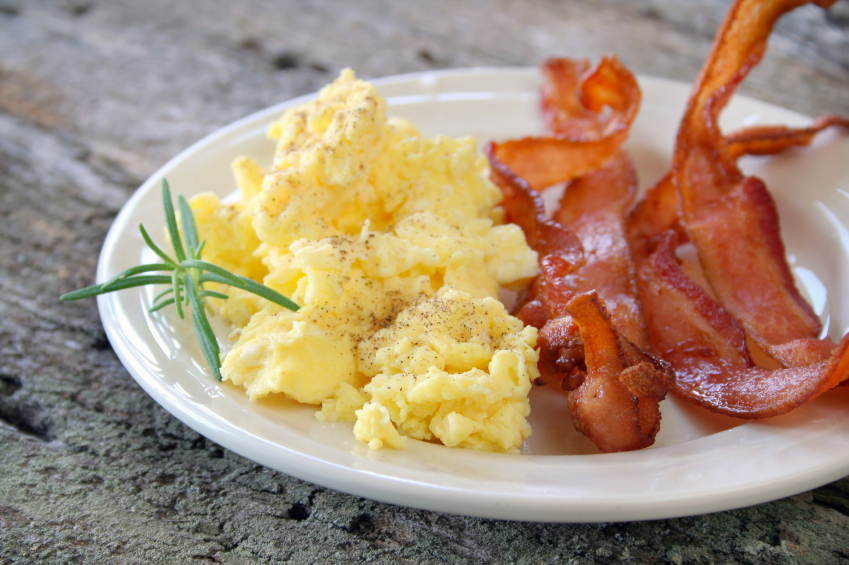Hi fitness folks! Do you know the answer to these research questions? If not, you ought to subscribe to our research review service.
The S&C Research Review is a monthly summary of the latest strength and conditioning, biomechanics, physiology, and physical therapy research. It comes out on the first day of every month, and you can subscribe to it on PayPal for just $10 per month and no long-term commitment!
Just click on the button below to subscribe:
Strength & Conditioning, Power and Hypertrophy
- Does training frequency affect changes in strength or size during a period of reduced training?
- Does rest-pause training produce greater gains in muscular strength, size, and endurance?
- Can heavy strength training increase strength and size in very old people?
- Does strength training under hypoxic conditions enhance gains in muscle size?
- How might metabolic stress be used to enhance hypertrophy?
- How fast can hypertrophy occur, in the absence of eccentric muscle damage?
- Does eccentric overload training produce greater improvements in strength, size, power, jumping, and sprinting ability compared with traditional strength training?
- Are post-workout hormone responses reduced after all types of long-term strength training?
- Do eccentric-only and concentric-only strength training produce similar effects on insulin sensitivity and blood lipids in older males?
- Can core training improve throwing velocity in handball players?
- How do the conventional deadlift and high-handle hex bar deadlift differ?
 Biomechanics & Motor Control
Biomechanics & Motor Control
- How different are joint angle movements in the back and front squat?
- Does ankle mobility affect trunk lean in the back squat?
- Can RPE be used to predict bar speed in the back squat across a range of loads?
- How does knee angle affect jump height in the squat jump?
- How do squat and countermovement jumps differ?
- What mechanisms underpin the difference between countermovement and squat jumps?
- What mechanism explains the stretch-shortening cycle?
- How does the block start differ between faster and slower high-level sprinters?
- How does joint power generation in the first stance phase after the block start differ between young and adult high-level sprinters?
- How does muscle activation differ between the kettlebell swing, snatch, and clean?
- Which suspension training exercise is best for the abdominal muscles?
- How does muscle activation in the squat differ between 70% and 90% of 1RM?
- How important is rate coding for muscle force?
- How does voluntary activation differ between eccentric, isometric, and concentric contractions?
- How does voluntary activation differ across different joint angles?
- Do different eccentric exercises involving the quadriceps cause muscle damage in different regions of the muscle group?
 Anatomy, Physiology & Nutrition
Anatomy, Physiology & Nutrition
- Are there genetic differences between strength athletes (weightlifters) and power athletes (sprinters)?
- What happens to former strength sports athletes who used AAS?
- How are fibroblasts involved in repairing muscle after eccentric training-induced damage?
- Do NSAIDs increase satellite cell content by increasing Notch signaling after eccentric training-induced damage?
- Can NSAIDs help speed up recovery from exercise-induced muscle damage?
- Does eating breakfast increase energy intake in non-habitual breakfast eaters?
- How common is food addiction, and does it happen more often in relation to sugary foods?
- Do measures of self‐regulation for eating and physical activity predict weight regain after weight loss?
- Are markers of increased dietary protein intake associated with successful weight loss?
- What is the daily protein requirement of young, male bodybuilders?
- Can a low-carbohydrate-high-fat diet enhance endurance exercise performance?

Physical Therapy & Rehabilitation
- Can the FMS sum score predict a higher risk of musculoskeletal injury?
- How should exercise be prescribed for long-term musculoskeletal pain?
- Can exercise both increase and decrease pain?
- Is the deadlift as good as motor control exercises for treating low back pain?
- Can we represent pain using Bayesian computational modeling?
- Does cognitive self-regulation affect pain through a different mechanism from nociceptive input?
- Does physical therapy change the brain in patients with musculoskeletal pain?
- What criteria should be used to determine return to play after hamstring injuries in soccer?
- How does an active lumbopelvic control strategy during back extension affect lumbar lordosis and trunk muscle activation?
- What muscles are activated during standing anterior and posterior pelvic tilt?
- Does self-myofascial release increase local arterial blood flow in a muscle?
- Do individuals with femoroacetabular impingement display different squatting mechanics?

Get the full review!
The full edition contains far more than these brief summaries. It is packed full of 50 detailed reviews covering a range of topics relevant to strength and conditioning and physical therapy professionals alike. It only costs $10 per month so sign up by clicking below!





